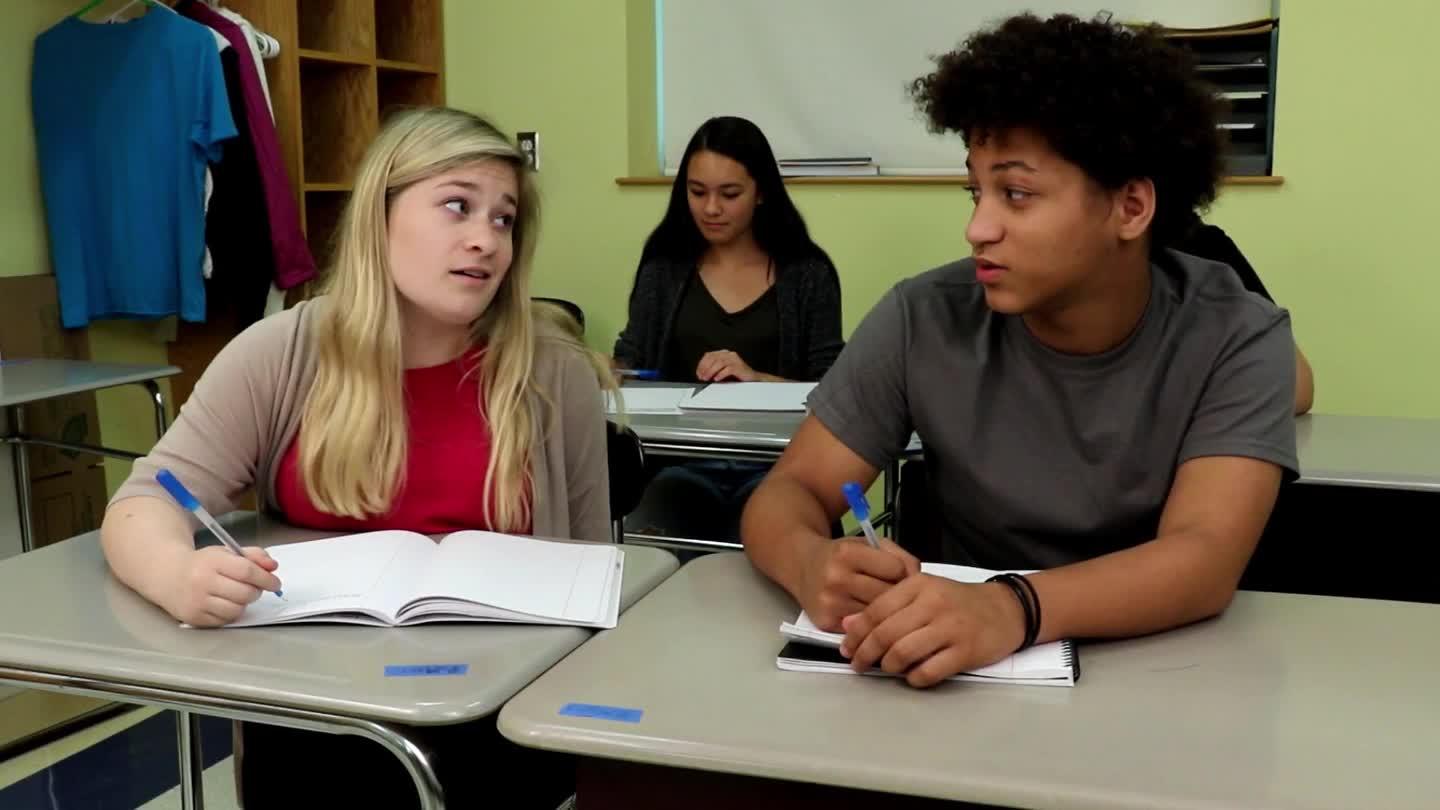
Introduction
Sarcasm is a form of communication that involves the use of irony and a change in tone of voice to express humor or mock someone. It can be a useful tool for engaging high school students in social-emotional learning, as it encourages them to understand the different ways people communicate and interpret the underlying meaning of statements. In this blog post, we will discuss an easy-to-implement activity that requires no preparation from educators, followed by discussion questions and related skills to enhance learning. Finally, we will provide a link to free samples of related materials for further exploration.
No-Prep Activity: Sarcasm Detective
This activity is designed to help students recognize sarcasm and understand the importance of tone and body language in communication. The educator will read a series of statements, some of which are sarcastic, and the students will be asked to identify the sarcastic statements. Here’s how to conduct the activity:
- Divide the students into teams of 3-4.
- Explain the concept of sarcasm and provide examples, such as the conversation between Zach and Rachel in the prompt above.
- Read a list of 10-15 statements, some sarcastic and some not, to the class. For example, “I just love getting up early in the morning” (sarcastic) and “I always do my homework on time” (not sarcastic).
- After each statement, have the teams discuss whether they think the statement was sarcastic or not and why.
- Ask each team to share their answer and reasoning with the class.
- Discuss the correct answers as a class, focusing on the tone of voice and body language cues that indicated sarcasm.
This activity will help students develop their listening and observation skills while learning about the nuances of communication.
Discussion Questions
- Why do people use sarcasm? What are some situations where it might be appropriate or inappropriate?
- How can sarcasm help develop communication skills? How can it hinder them?
- What are some other ways people communicate nonverbally?
- How can understanding sarcasm and nonverbal communication cues help build empathy and social-emotional skills?
- What are some strategies for responding to sarcasm in a constructive and respectful way?
Related Skills
In addition to sarcasm, there are several other communication skills and social-emotional learning concepts that can be beneficial for high school students. Some of these include:
- Active listening: Paying close attention to what others are saying and responding appropriately.
- Nonverbal communication: Understanding how body language, facial expressions, and gestures contribute to the meaning of a conversation.
- Empathy: Recognizing and understanding the feelings and perspectives of others.
- Conflict resolution: Addressing disagreements or misunderstandings in a constructive manner.
- Assertiveness: Expressing oneself respectfully and confidently while considering the needs and feelings of others.
Next Steps
To further explore sarcasm, communication skills, and other social-emotional learning topics, we encourage you to sign up for free samples of related materials at Everyday Speech. These resources can help educators effectively teach high school students about the complexities of communication and provide a foundation for developing strong social-emotional skills.

